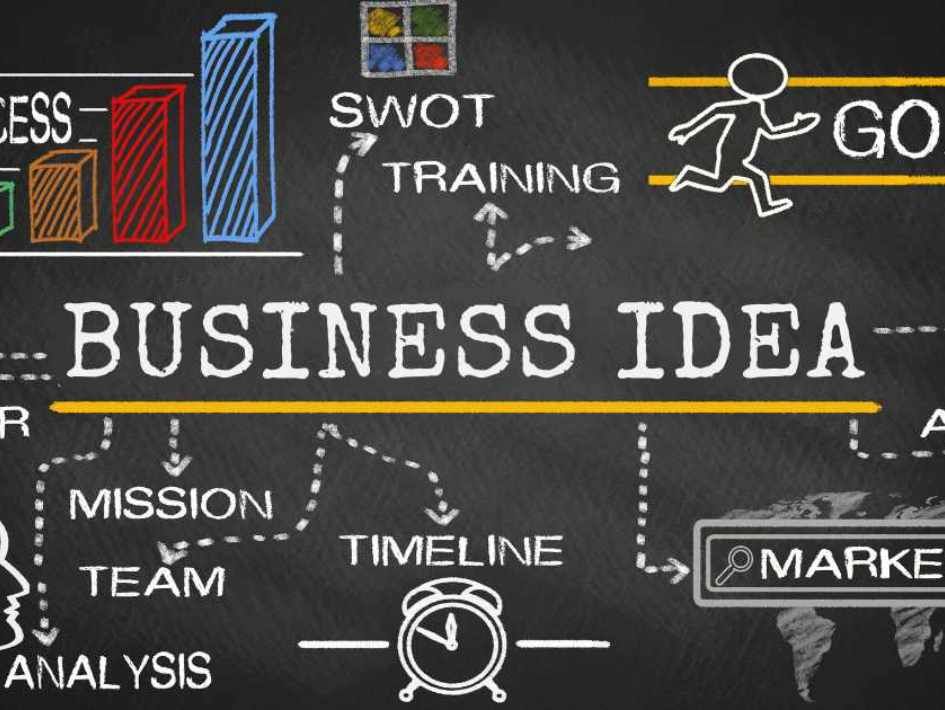Entrepreneurship
How to Validate Your Business Idea
2024-09-25
Coming up with a business idea is exciting for any entrepreneur. Your business idea is the foundation of what could be a market-breaking enterprise. The best way to see if your business idea is viable, you need to validate it thoroughly. However, most entrepreneurs struggle with knowing how to validate their business ideas.
Validating your business idea is the process of assessing an idea against real-world scenarios and prevalent market realities. This is the process which helps you ensure that your business idea has substantial chances of success before you invest time, energy and resources into it.
As a new business owner, validating your business idea thoroughly can help you assess the finer details such as marketability, equipment or inventory needed and costs plus if you will need additional staff.
In this article, we look at the steps you can take to validate your business idea to ensure you will be successful.
What Pain Points Can Business Idea Validation Solve?
A robust and successful business idea needs to solve an existing problem and fulfil a purpose. So, your business idea needs to start with you identifying a problem, developing a business idea to solve it and then confirming if your product or service can solve the problem.
To get to a point where you have a valid business idea, consider the following:
- Identify your interests and skills.
- Identify a problem or a need.
- Research the market within your sector.
- Who your target audience is.
- If your business idea already exists within the market.
- Who are your direct competitors are.
Once you have ticked off all these ‘boxes’, you will be able to see if your business idea is something that is needed in the market and has potential success. The next thing to do is to go through some steps to validate your business idea.
Steps to Take When Validating Your Business Idea
Now that you understand some of the factors which can help determine if your business idea is successful, next is to go through a validation process.
Step 1: Conducting a SWOT Analysis
A SWOT analysis is a planning technique which assesses the strengths, weaknesses, opportunities and threats of your business idea. These four aspects will help you see the competitive advantage of your business, areas of improvement, unique opportunities that you can benefit from, potential competitors and the market environment.
This SWOT analysis is crucial to bettering your business idea and preparing you and your business for challenges on the road ahead.
Step 2: Meet With Potential Customers
Meeting with potential customers is the most important resource for validating your business idea. This will tell you if people are interested in what you are trying to sell. You can engage with potential customers by showing them a basic model of your business idea and asking for feedback.
Additionally, you can find out whether they would be willing to pay for your product or service and how much they’d be willing to pay for it. This will help you refine your offering, adjust your pricing model and (sometimes) change aspects of your business model.
Step 3: Create a Minimum Viable Product (MVP)
A minimum viable product is an early version of your product or service with just enough features to be used by early customers who will then provide you with feedback. This step is basically the ‘MVP’ (most valuable part) of your business validation process.
Presenting to a select group of potential customers can help you monitor how they respond to your product or service. See if they are using it, finding value within it and if it’s solving the problem you intended to address.
This step will help you see which parts of your product or service need to be changed. Sometimes this step will show you if you should create a new business product or service.
Step 4: Financial Feasibility Analysis
Understanding the financial feasibility of your business idea. If your business is financially feasible then it will be successful. To understand its financial feasibility, take into consideration the following:
- Identify the initial investment required.
- Outline the operational costs.
- Outline your potential revenue.
Using this information you can calculate your break-even point and the expected return on investment (ROI).
This information along with the findings from the potential customers with the pricing feedback will help you adjust your cost structure and business model appropriately.
Step 5: Speak to Industry Experts
There is no better advice you will get than from experts within your industry. Experts have insights on trends, customer buying behaviour and what the market needs, so their feedback is highly invaluable.
Additionally, expert opinion can offer you insights into the potential pitfalls or challenges you may have not seen or considered.
Note: If you need expert advice, visit the SME Advice page to speak to one of our industry experts.
Validating your business idea requires a lot of introspection, research and strategic testing. It may be a little challenging but it's important if you want your business to succeed.







